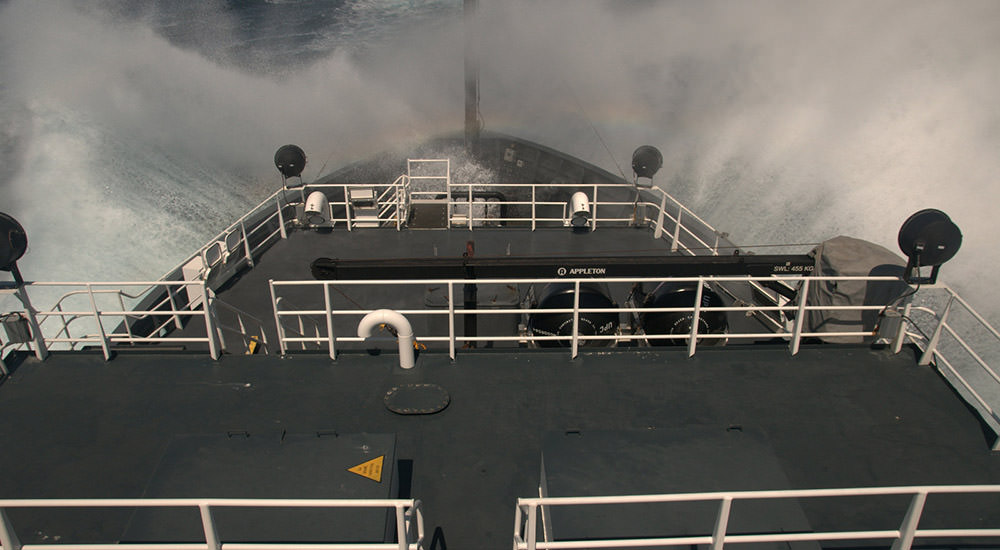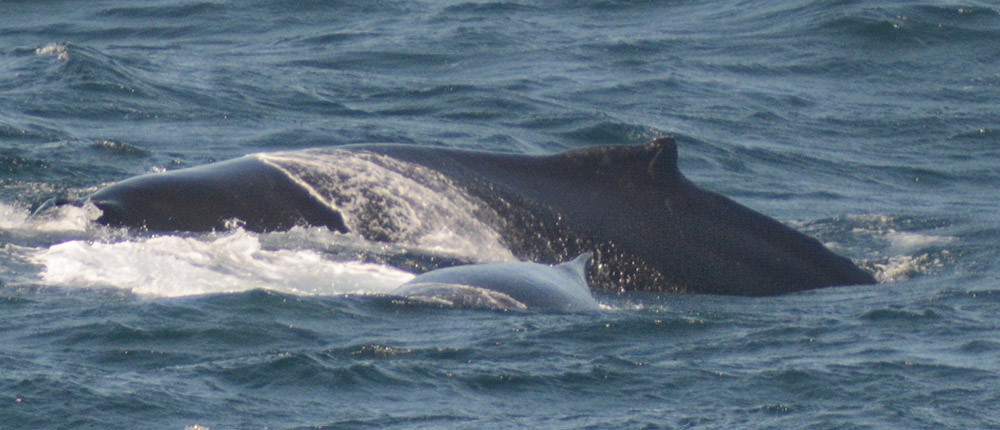Sentinel Sites in Action
Ocean Ecosystem Health in North-Central CA
July 2016
Marine sanctuaries protect important places in the oceans and Great Lakes. As permanent place-based conservation areas, they are ideal locations to focus science activities so we can better understand ecosystems and watch for problems. For 13 years, Greater Farallones National Marine Sanctuary (GFNMS) and Cordell Bank National Marine Sanctuary (CBNMS) scientists have collaborated with Point Blue Conservation Science to collect data on the ocean ecosystem. The project, Applied California Current Ecosystem Studies (ACCESS), examines how ocean conditions influence the tiny plants and animals at the base of the ocean food chain which in turn drive the abundance and distribution of top level predators like seabirds and marine mammals. Scientists conduct surveys from a research vessel that transits the same path in the ocean three times a year in the spring, summer, and fall to record observations and collect samples.

The ACCESS team completed an 8-day research cruise aboard the NOAA ship Bell M. Shimada in May 2016. The scientists recorded observations of seabirds and marine mammals along 14 transect lines and took 35 CTD casts, 41 net tows, and over 300 water samples for nutrients and ocean acidification. The data collected showed early indications of good ocean productivity for the year. There were record abundances of humpback and blue whales for this time of year; over 70 were counted on one transect line.
ACCESS data from 13 years of sampling reveal a dynamic ocean influenced by both large scale phenomenon like El Niño, and local conditions such as strong winds that bring cold, nutrient rich water to the surface through "upwelling". During El Niño, water temperatures were as much as 5-7 degrees Fahrenheit above normal. Common dolphins, normally found only in Southern California, were seen in the area for the first time by ACCESS scientists in 2015. This coincided with an absence of the usual species, Pacific white-sided dolphins. There were also different prey species present, and changes in the ocean chemistry, called ocean acidification.

The ACCESS data are being used for management in national marine sanctuaries. They've been used to: protect whales from ship strikes by requesting large ships slow down when whales are in the area; determine the severity of harmful algal blooms that delayed the opening of the commercial crab fishery in California in 2015; and to target and remove out-of-season crab pots to reduce whale entanglements.
The findings show why we call marine sanctuaries "sentinel sites." These places, and their recurring studies, are critical for detecting and tracking ecosystem changes associated with large scale oceanographic events like El Niño, and a changing ocean climate. They also follow local changes and help protect marine sanctuary resources and the people who use them.
In addition to improving understanding of sanctuary ecosystems and providing early warning of changing conditions, ACCESS provides education and outreach opportunities by mentoring graduate students, hosting a NOAA Teacher-at-Sea each year, and collaborating with photographers and videographers to share the stories with the public. Twelve graduate students have participated on ACCESS cruises and have completed thesis or dissertations or contributed to publications on a variety of topics such as ocean currents, ocean acidification, and ecological hotspots for seabirds and marine mammals - all helping to inform sanctuary management decisions. ACCESS has hosted fourteen NOAA Teachers-at-Sea and has produced videos and images about the work.
Cruises are planned this year in July and September on the sanctuary research vessel Fulmar, the project's usual platform, to look at seasonal patterns through the oceanographic year and assess how the ecosystem is responding to the weakening El Niño. For more information on how ACCESS provides data to assist with sanctuary protection, and for the 2015 annual report, go to ACCESSOceans.org.

